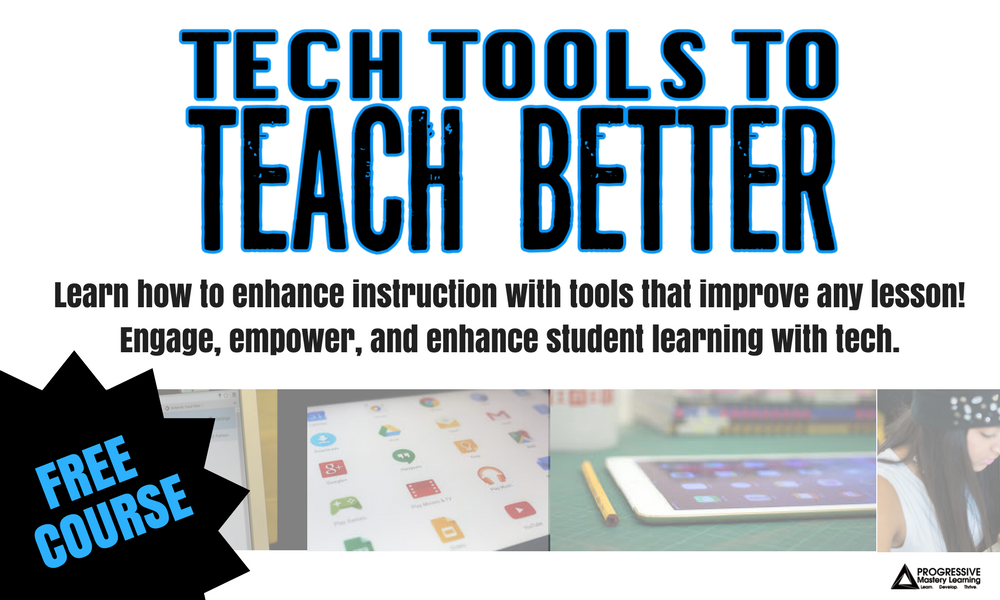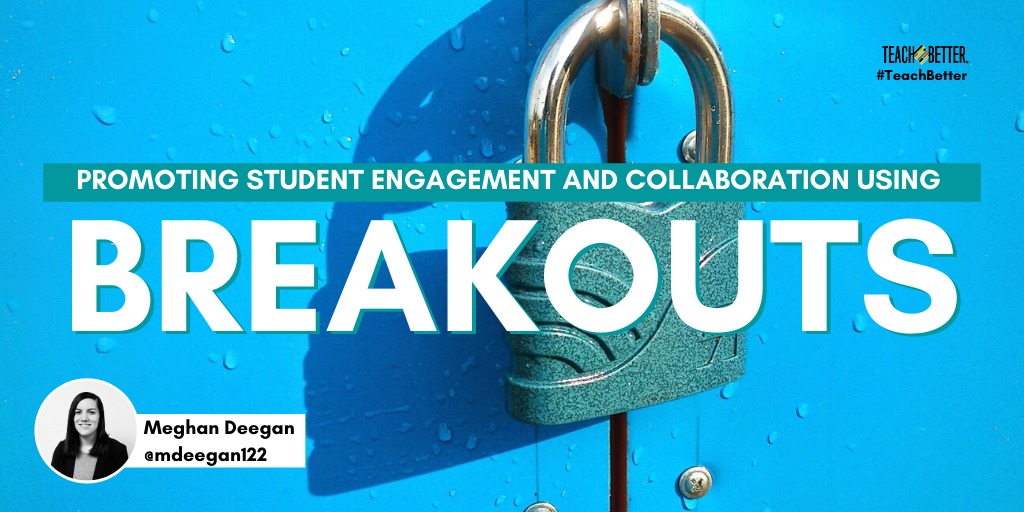TL;DR:
- An introduction the many ways breakouts can be used in your classroom.
- A “how to” for planning and implementing a breakout in your classroom.
As a middle school teacher, I’m always looking for fun new ways to engage my students. Their current favorite? Breakouts!
Planning a breakout can seem overwhelming, time consuming, and daunting. I’m here to help walk you through the steps and help you plan a breakout that will engage your students and keep them wanting more!
Breakouts are a fun and engaging way to practice material, promote problem solving and critical thinking skills, improve team building skills, and challenge your students! Click To TweetWhat are breakouts for?
Breakouts can be used for various purposes. I’ve used them as a way to review material before a test, introduce new material, practice our team building skills, and holiday fun days just to name a few.
When I plan a breakout I start by working backwards. You first need to decide what the purpose of the breakout is and what your students will break out to. I use a Harry Potter model in my classroom, and each class is assigned to a house where they can earn house points and rewards for various tasks and behaviors.
On the very first day of school, we do a breakout and the students find out what house their class will be. This breakout has multiple purposes. My students have a fun, engaging activity that gets them up and moving on their first day. They also start learning how to work collaboratively and communicate with others in their class.
Finally, at the end of the class period they will know which house they belong to for the year.
Time to start planning.
Once you’ve decided the purpose of your breakout it’s time to start planning! You have SO many options!
Do you want a digital breakout?
An actual lock box?
A traditional paper/pencil?
A mix of all of the above?
The choice is yours! I’ve done them all, but my favorite is using an actual lock box! I’ve even used empty lockers in the hallway with a lock.
Once you know how you’ll present the breakout, you have to decide how long it will take.
25 minutes?
45 minutes?
You can plan one for any length of time! I usually plan 5-10 minutes at the beginning of the period to explain my expectations for how it will be completed. I leave 5 minutes at the end to talk about things that went well and things that we can work on.
The length of your breakout will determine your number of questions and/or the complexity of each question. If you want a shorter breakout, you will need shorter and easier questions to answer. If you are planning for a 45 minute breakout, I recommend you stick to around 5-6 clues.
When I plan to make multi-step clues, I usually only use about 3-4. If I want to make my breakout more fun, my students love when they have to go on an adventure. Sometimes I give a clue to another teacher in the building. First, the students need to solve the clue to figure out which teacher they need to see, then they need to travel to that teacher to bring back the clue that will lead to a combination.
[scroll down to keep reading]

To group or not to group?
I’ve run a breakout as a whole class before and in groups. I’m not sure about you, but my students LOVE to compete. When I have my students work in groups during a breakout they are much more engaged.
It is a smaller number of students working on each clue, so everyone has a voice and the opportunity to be engaged. Plus, they love competing with the other groups to be the first group done.
Whole class breakouts can be successful. I just notice that it becomes more chaotic as more clues are solved, leaving less and less to work on.
If they are working in groups, I create 2 sets of each clue. That way, there is always a clue available for groups to work on. If I am using an actual lock box, I have students show me their answers, and I do not let them unlock the locks until they have every combination correct.
Always check it first.
I always make sure I walk through and test out my breakouts each time I make one. Sometimes the way I planned it in my head just doesn’t work out the way I wanted it to, and I have to make changes.
Your first breakout will take some time to plan but it will be completely worth it! Now that I have planned a few, they take me less and less time. I also use them year after year with little to no changes.
Breakouts are a fun and engaging way to practice material, promote problem solving and critical thinking skills, improve team building skills, and challenge your students!
About Meghan Deegan
Meghan Deegan is a 7th grade math teacher in the Chicago suburbs and the Lead Ambassador for the Teach Better Team. She has a Masters degree in Curriculum and Instruction and is a Nationally Board Certified Teacher. She loves working with and connecting with fellow educators and is active on Twitter and Instagram.
Meghan loves spending time with her two dogs, boyfriends, family, and friends!



